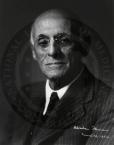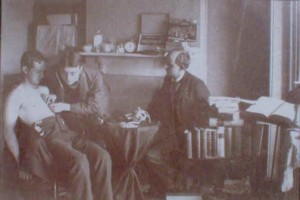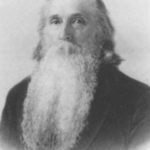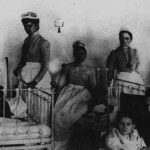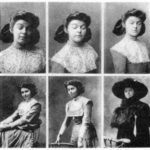During the early part of the 20th century, Native American medicine men probably had as great a cure rate as their white counterparts, and certainly had as much credibility. American medical education was patchy at best, and no standards existed.
Before the early 1900s, many people became doctors through an apprenticeship, or by simply reading medical textbooks and setting up shop. Some, of course, attended medical school. In 1906 the American Medical Association’s Council on Medical Education inspected all 155 medical schools in the U.S. and Canada. It discovered that many of them simply churned out students so that the doctors who owned them could profit from tuition fees. In 1910 the Council issued a report, Medical Education in the United States and Canada (commonly known as the Flexner Report for its author, Abraham Flexner).
This report had significant repercussions for U.S. medical education. By 1920, the number of medical schools decreased to 85 and the number of students from 28,142 to 13,798. The percentage of schools requiring two years of college for admission rose from three to 92.
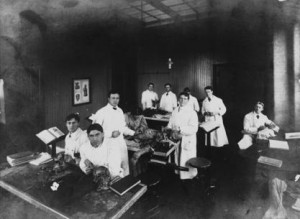
Johns Hopkins in early 1900s, courtesy the Alan Mason Chesney Medical Archives of the Johns Hopkins Medical Institutions
________________________________________________________
